20 Low-Maintenance Succulents Perfect for Your Indoor Garden
If you’re looking to add some greenery to your home without the hassle, succulents are the perfect choice. These plants are low-maintenance, hardy, and thrive in indoor environments with minimal care. Whether you’re new to gardening or simply want an easy plant to manage, succulents offer a variety of shapes and colors that can fit any space. They are ideal for busy lifestyles, as they only need occasional watering and can adapt to various light conditions. Plus, many succulents are great at purifying the air, making them a functional addition to your home. With so many varieties to choose from, you can find the perfect succulent to complement your decor.
This post may contain affiliate links, which helps keep this content free. Please read our disclosure for more info.
Aloe Vera
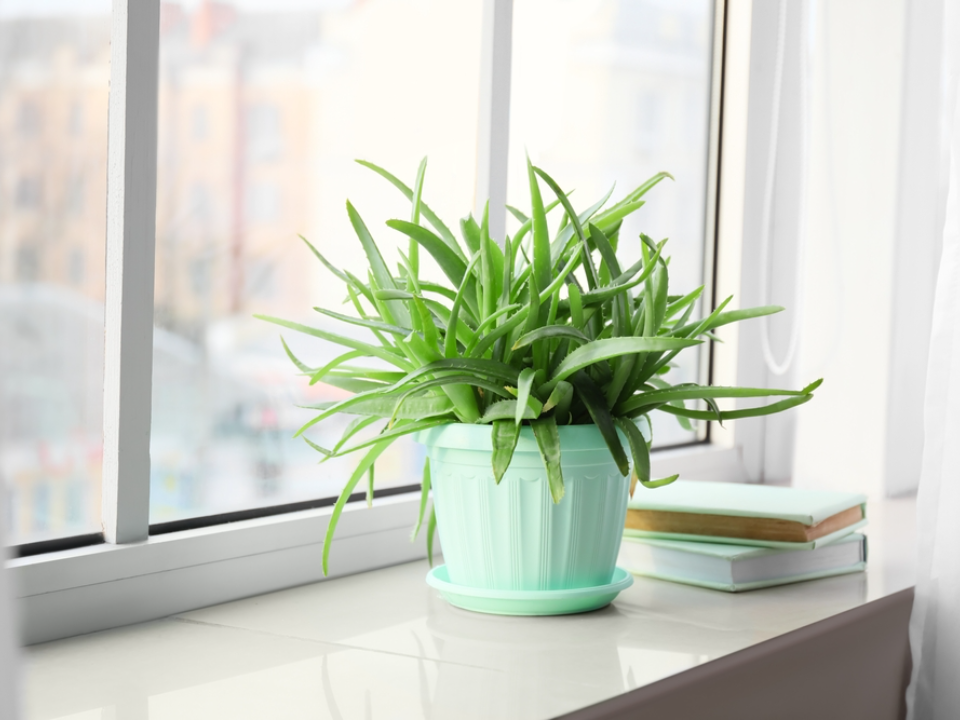
Aloe Vera is well-known for its healing properties and is often used to treat burns, skin irritations, and other minor wounds. This succulent is easy to grow and thrives in bright, indirect sunlight. Aloe Vera can be kept in a pot on a windowsill or a sunny shelf, where it will receive the light it needs to grow. It is very tolerant of dry conditions and requires minimal care, making it perfect for beginners.
When it comes to watering, Aloe Vera only needs to be watered once the soil has completely dried out. Over-watering can lead to root rot, so it is essential to let the soil dry between waterings. Aloe Vera’s thick, fleshy leaves store water, so it is perfectly suited for homes with dry air or for those who sometimes forget to water their plants. Its low maintenance and medicinal uses make it a great addition to any indoor garden.
Jade Plant
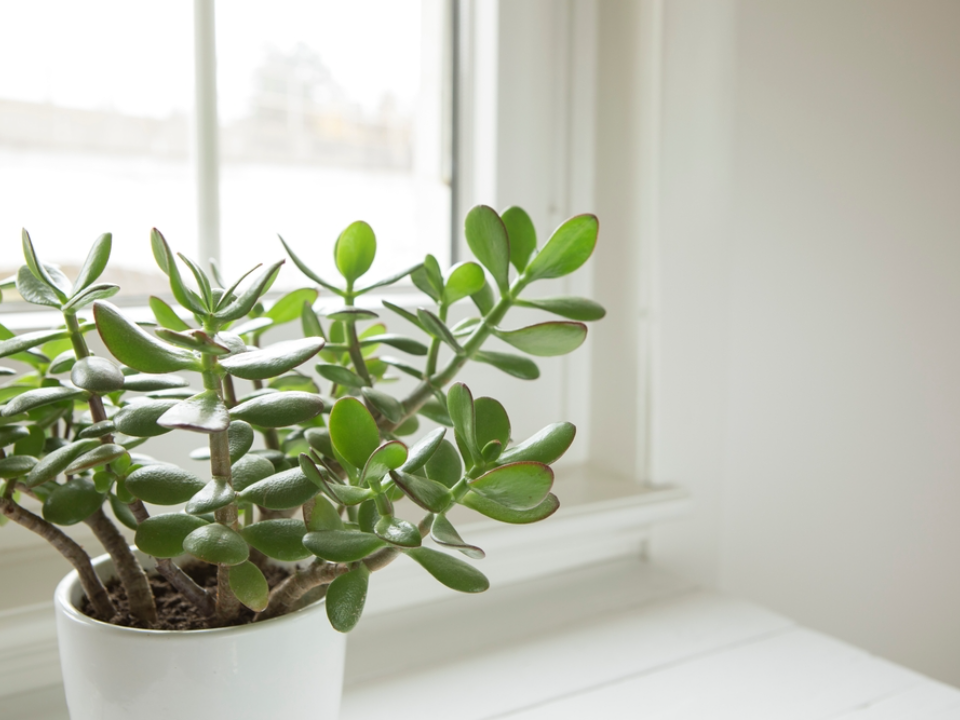
The Jade Plant, or Crassula ovata, is an attractive succulent that features thick, glossy leaves that resemble jade. This plant is often used as a decorative plant due to its ability to thrive in various indoor environments. Jade Plants grow slowly and can become quite large over time, making them ideal for those who want a long-lasting indoor plant. They prefer bright, indirect light and can tolerate some direct sunlight.
Watering should be done only when the soil is completely dry, as over-watering can cause root rot. Jade Plants are very drought-tolerant and are ideal for those who do not have the time to water their plants frequently. These succulents are also known for their longevity, often being passed down through generations. Besides being easy to care for, Jade Plants are also said to bring good luck and prosperity to their owners, which is why they are often given as gifts.
Echeveria
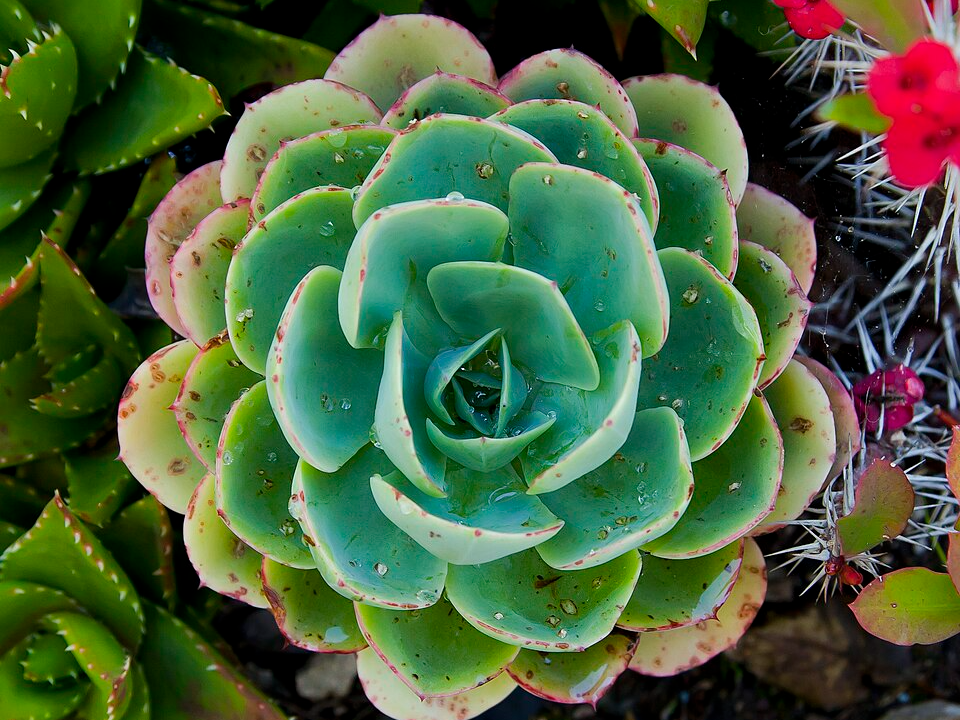
Echeveria succulents are prized for their stunning rosette-shaped growth. The leaves of Echeveria are thick, fleshy, and often have a blue-green hue, although they can come in a variety of colors depending on the specific variety. This plant thrives in well-drained soil and requires plenty of sunlight. It is best placed in a spot with indirect sunlight to avoid sunburn on its delicate leaves.
Echeveria should be watered deeply but infrequently, allowing the soil to dry out completely between waterings. It is highly adaptable and can survive in both small pots and larger containers, making it perfect for any space. The plant will produce beautiful flowers when it is given the right care. Echeveria is great for indoor gardens and works well in arrangements or as a centerpiece.
Sedum
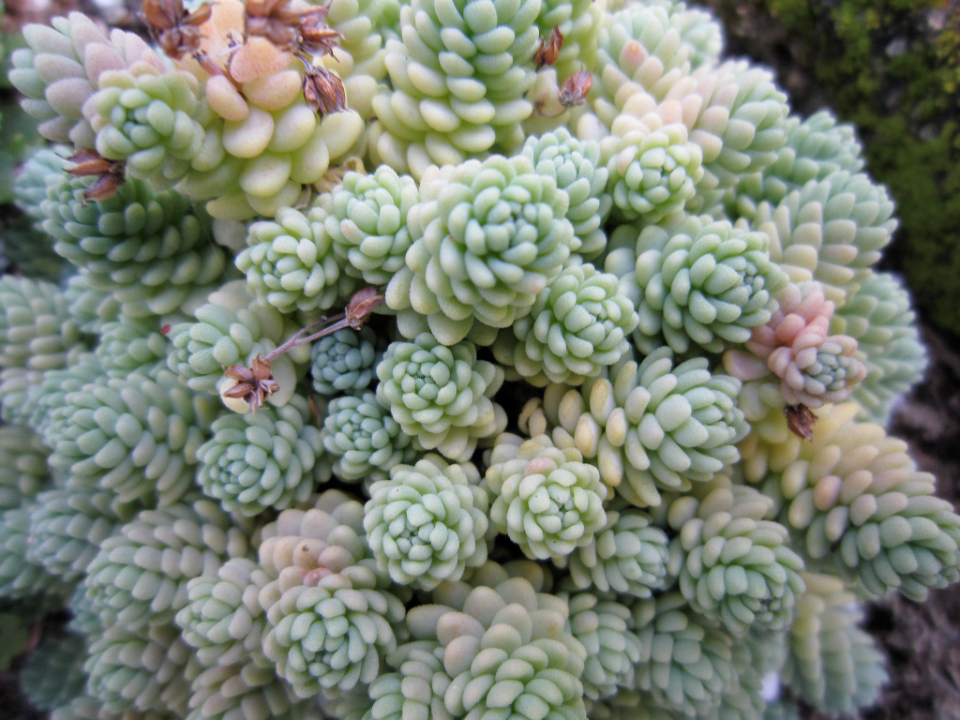
Sedum, commonly known as “stonecrop,” is a hardy and drought-tolerant succulent. It is often used as ground cover or for hanging baskets, but it also does well in containers. Sedum thrives in both full sun and partial shade, making it adaptable to a variety of indoor conditions. It can store water in its thick leaves, which helps it survive in dry conditions.
The plant is very easy to care for, requiring only occasional watering once the soil is completely dry. Sedum’s ability to thrive in various conditions makes it a perfect choice for beginners or people who travel often. Its small, fleshy leaves come in a variety of colors, and it often produces clusters of tiny, star-shaped flowers in the summer. Its vibrant colors and low-maintenance care make it an excellent addition to any indoor garden.
Christmas Cactus
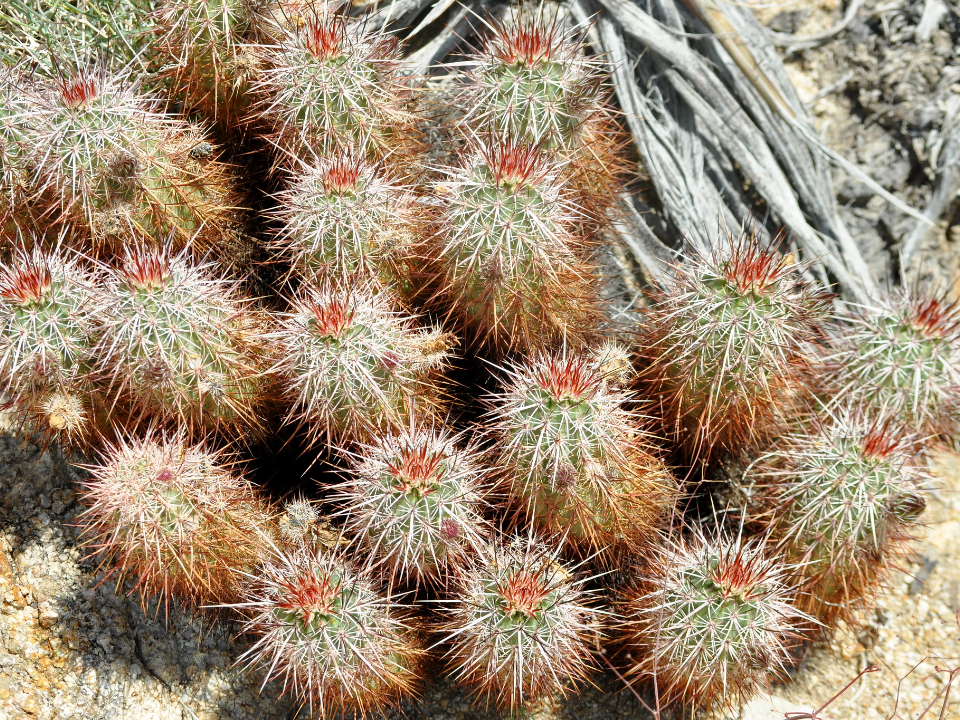
The Christmas Cactus is a popular succulent known for its vibrant flowers that bloom around the holidays. It has flat, segmented leaves that give it a unique appearance, unlike many other succulents. Christmas Cactus prefers bright, indirect light and needs to be watered regularly, but the soil should be allowed to dry between waterings to prevent over-watering.
This plant is perfect for adding color to your home during the winter months, as its flowers bloom in shades of red, pink, or white. The Christmas Cactus is easy to propagate by taking cuttings and can live for many years with proper care. It is a great choice for indoor gardens because it thrives in cooler temperatures and can be placed in living rooms, kitchens, or offices where the light is not too harsh.
Zebra Cactus
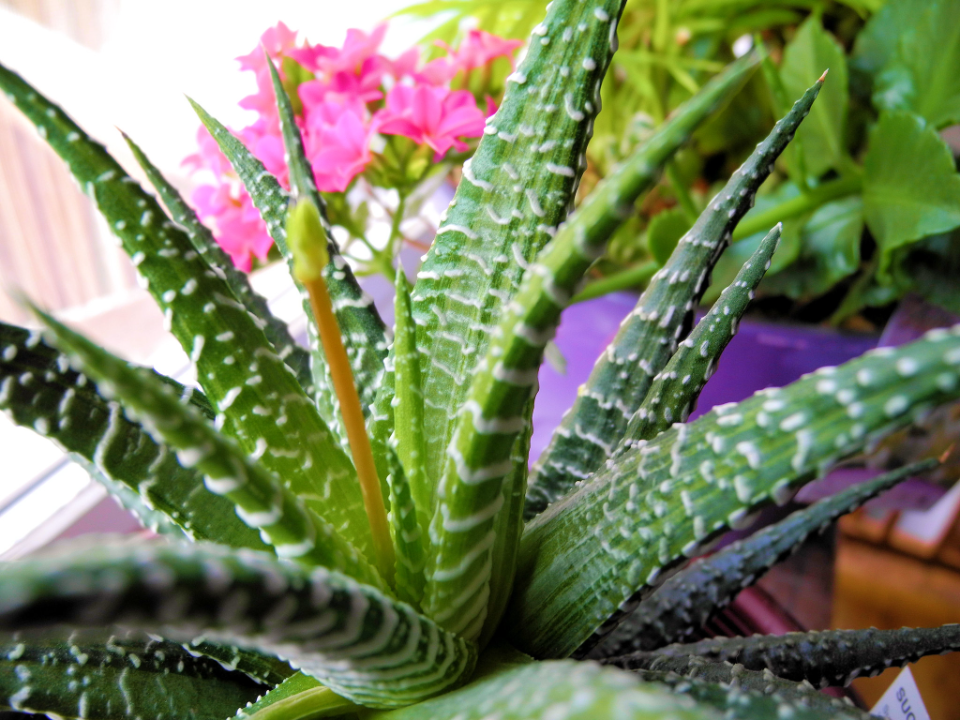
The Zebra Cactus, also known as Haworthia, is a small, compact succulent that features dark green, fleshy leaves with white stripes. This plant is slow-growing and makes an excellent indoor plant for small spaces. It thrives in bright, indirect light and should be watered sparingly, allowing the soil to dry completely before watering again.
Zebra Cactus is highly adaptable and can thrive in a variety of indoor conditions. Its striking appearance makes it a standout addition to any collection of succulents. While it may not produce flowers indoors, the unique pattern on its leaves makes it a beautiful decorative piece. It is an excellent choice for beginners due to its low-maintenance needs.
String of Pearls
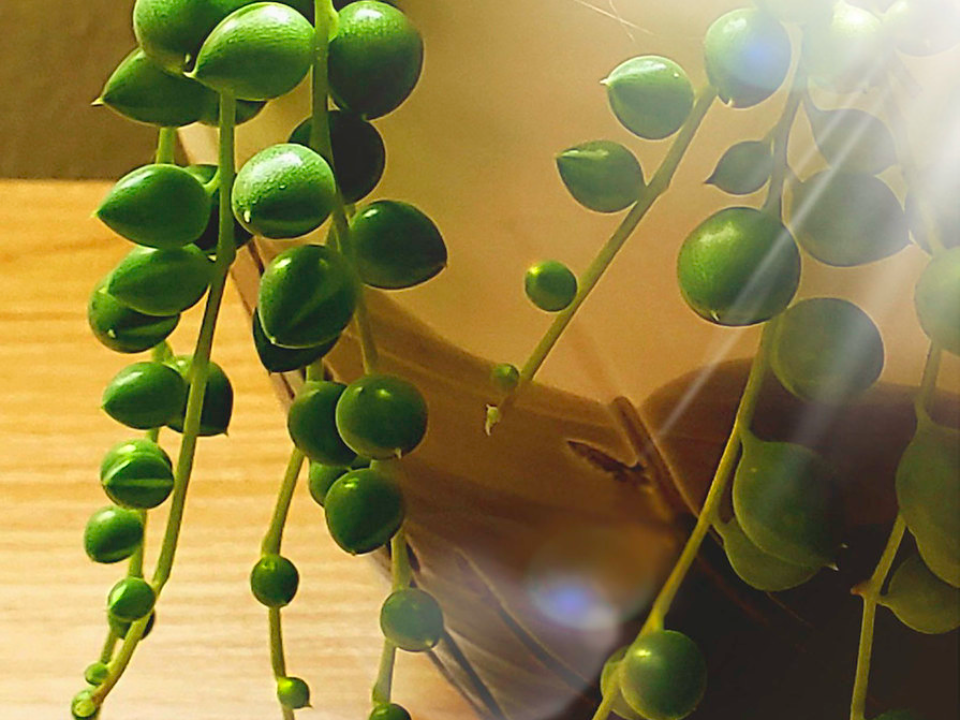
The String of Pearls is a trailing succulent that is perfect for hanging baskets or decorative containers. It gets its name from the round, bead-like leaves that grow along long, trailing stems. This succulent thrives in bright, indirect sunlight and should be watered sparingly, as it can be prone to root rot if overwatered.
The String of Pearls requires well-drained soil to prevent moisture buildup. It is a perfect plant for those who like a more bohemian style, as its cascading vines can fill any space with greenery. This succulent is easy to grow and does not require frequent attention, making it ideal for beginners or those with a busy schedule.
Jade Necklace
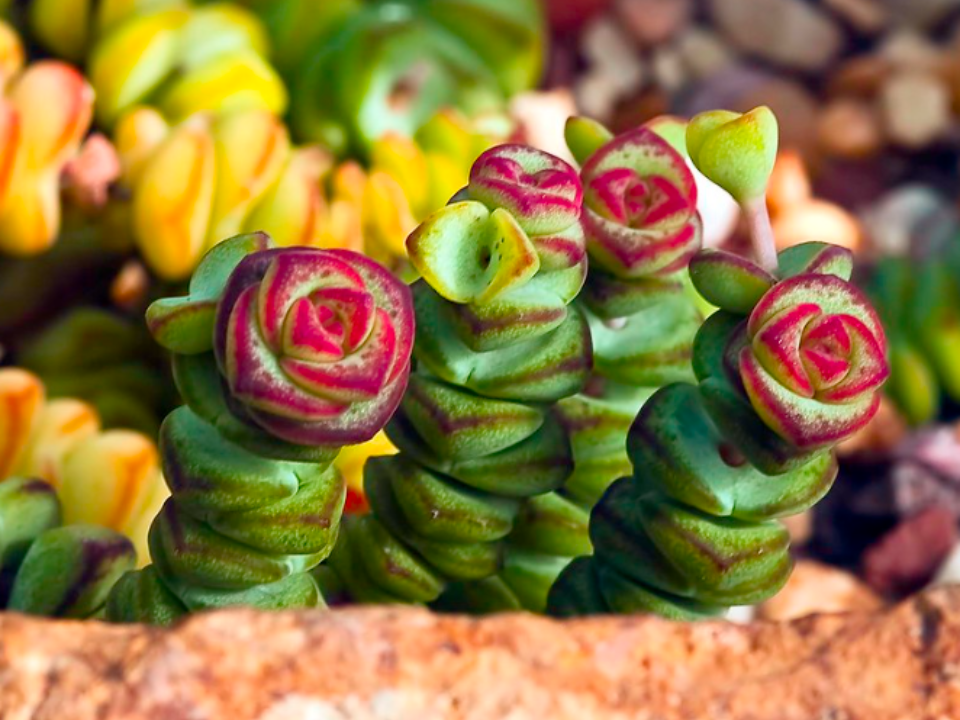
The Jade Necklace is a unique trailing succulent with bead-like leaves, similar to the String of Pearls. This plant has long, arching stems that produce stunning, cascading vines. It thrives in bright, indirect sunlight and needs well-drained soil to prevent water from accumulating at the roots. Jade Necklace is very drought-tolerant, so it only requires occasional watering once the soil has dried out.
This succulent is ideal for hanging baskets or decorative pots, as its trailing vines will add a touch of elegance to any space. The Jade Necklace is also a perfect choice for those who love succulents but prefer something a little different from the more common varieties. Its unique appearance makes it a conversation piece in any indoor garden.
Crassula

Crassula is a large genus of succulents that includes many varieties, including the popular Jade Plant. These plants feature thick, fleshy leaves and require minimal care. Crassula thrives in bright, indirect sunlight and needs to be watered when the soil has dried out completely.
Crassula is very adaptable and can survive in a range of indoor conditions, from low light to full sun. This plant is known for its slow growth and long lifespan, often surviving for many years with the right care. It is perfect for people who want a low-maintenance plant that still adds beauty to their indoor garden.
Aloe Vera ‘Blue’
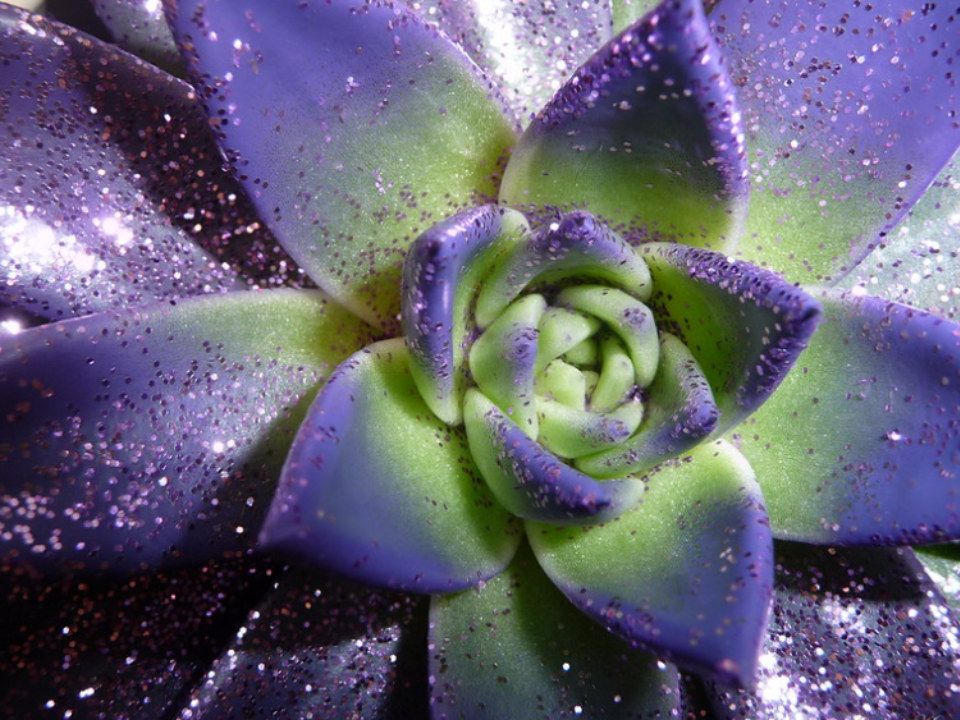
Aloe Vera ‘Blue’ is a variety of Aloe Vera that features bluish-gray leaves instead of the traditional green. It is just as easy to care for as the classic Aloe Vera and requires bright, indirect light. Aloe Vera ‘Blue’ thrives in well-drained soil and should be watered sparingly.
This variety of Aloe Vera is highly drought-tolerant and does not require frequent watering. It is perfect for people with dry indoor environments and can survive even if it is occasionally neglected. Aloe Vera ‘Blue’ is a unique and beautiful addition to any succulent collection, thanks to its distinctive color and minimal care requirements.
Kalanchoe
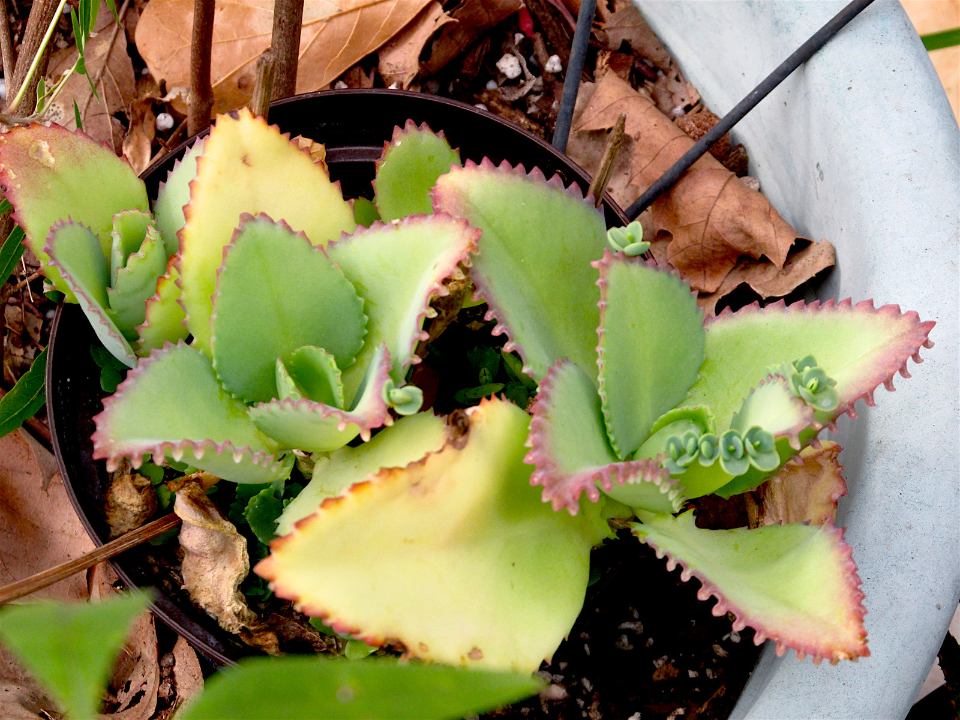
Kalanchoe is a colorful succulent known for its thick, fleshy leaves and clusters of vibrant flowers. This plant thrives in bright light and well-drained soil, making it a perfect choice for indoor gardens with plenty of natural sunlight. Kalanchoe needs only occasional watering, and it should be allowed to dry out between waterings.
Kalanchoe is perfect for adding a pop of color to your home, as it blooms in a variety of colors, including red, orange, pink, and yellow. It is a great option for those looking for a low-maintenance plant with vibrant flowers that bloom year-round. This succulent is ideal for anyone who wants to enjoy the beauty of flowers without the effort of maintaining more delicate plants.
Agave
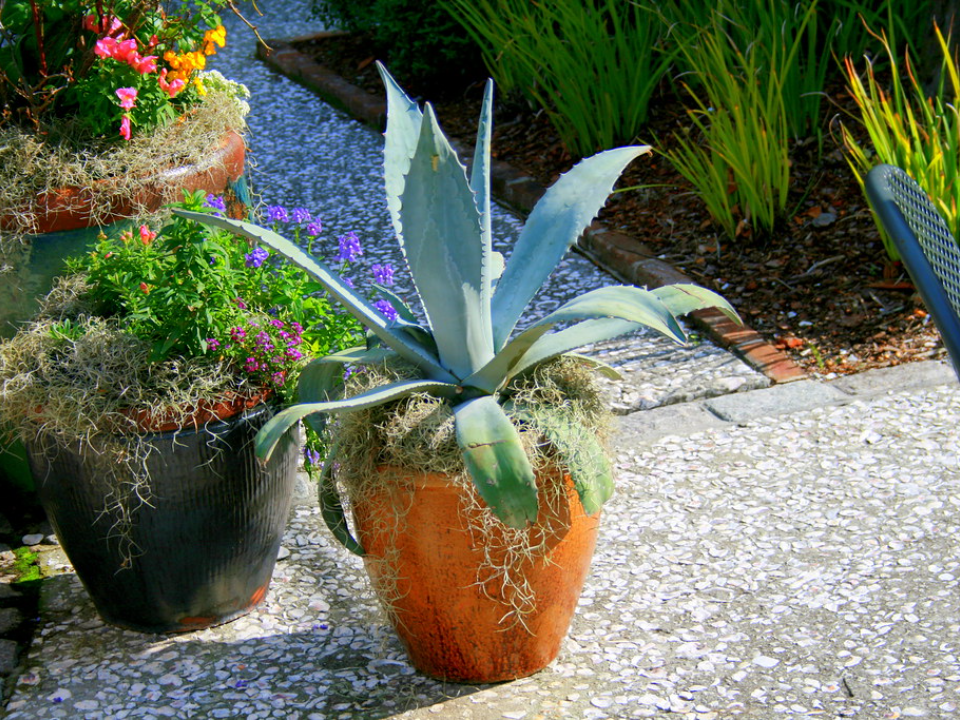
Agave plants are known for their bold, architectural appearance with thick, pointed leaves that grow in a rosette shape. They thrive in full sun and well-drained soil, making them perfect for bright indoor spaces with plenty of light. Agave is a hardy plant that requires very little water once established. It can survive in dry conditions, as it stores water in its thick leaves.
Agave plants are slow-growers, but they can live for many years with minimal care. Their unique, spiky appearance makes them a statement piece in any room, and they can grow quite large over time. With the right conditions, they make a beautiful, low-maintenance addition to your indoor garden. Agave is also a great choice for people who want a plant with a dramatic look but do not have time to fuss over frequent watering.
Haworthia
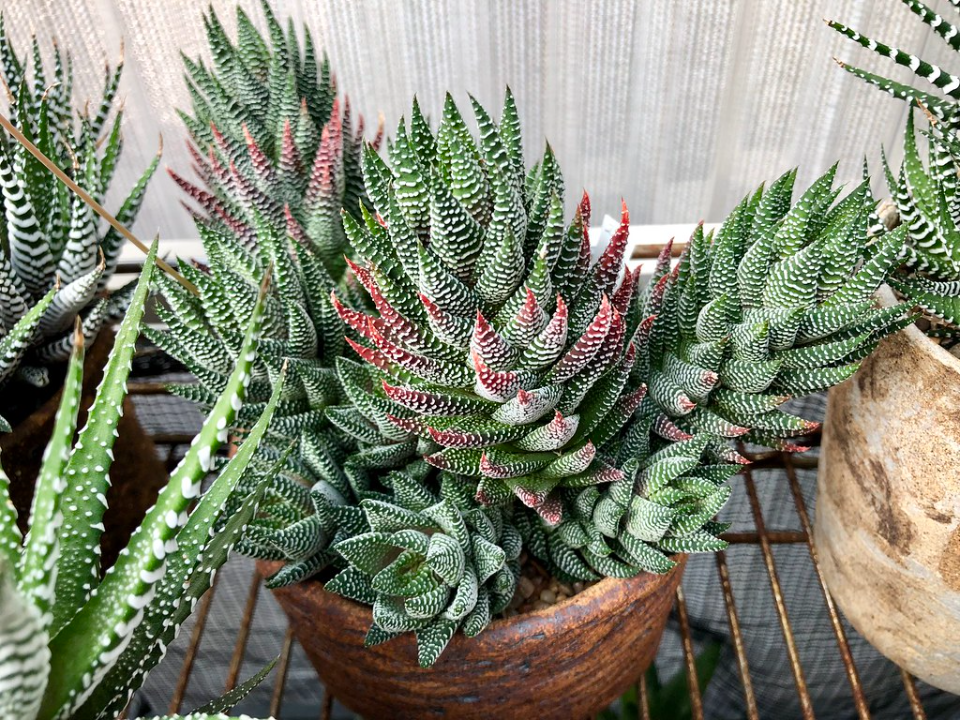
Haworthia is a small, compact succulent that features thick, fleshy leaves arranged in rosettes. Its leaves are often dark green with white or translucent markings, giving it a unique appearance. Haworthia thrives in bright, indirect light and requires minimal watering. This plant prefers its soil to dry out completely between waterings.
Haworthia is perfect for small spaces, as it doesn’t grow too large and works well in pots, making it ideal for windowsills or desks. It is one of the easiest succulents to grow and is very tolerant of neglect. The plant’s unique appearance makes it a standout addition to any collection of succulents. With the right care, Haworthia can last for many years, continuing to thrive in a variety of indoor environments.
Barrel Cactus
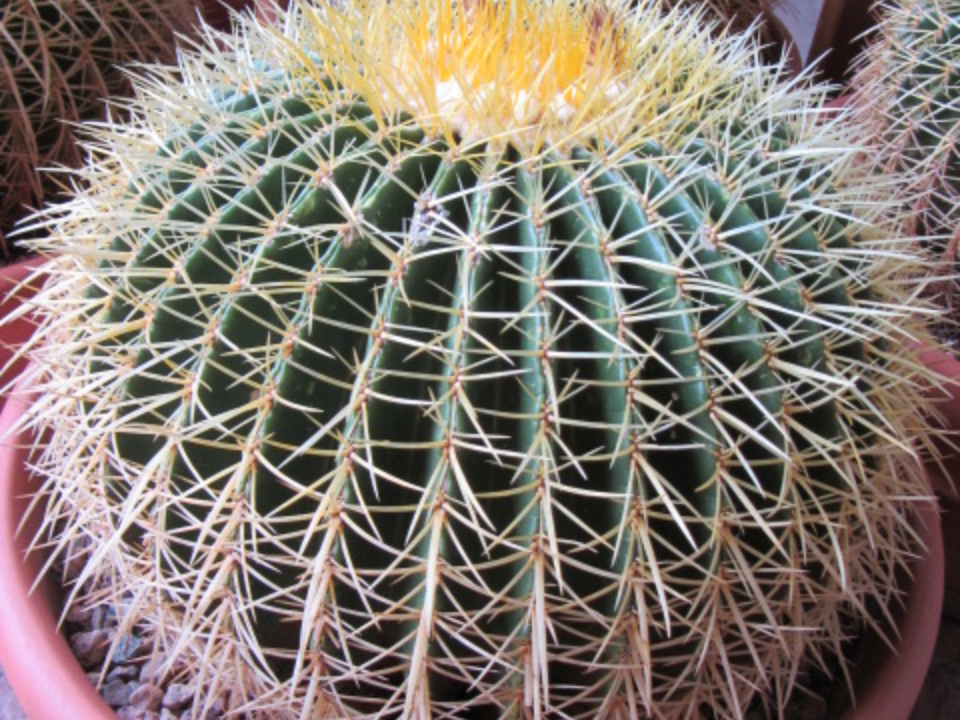
The Barrel Cactus is a large, spiky succulent with a cylindrical shape, often adorned with colorful spines. It thrives in bright light and well-drained soil and requires very little water once established. The Barrel Cactus stores water in its thick stem, making it highly drought-tolerant. It can withstand dry conditions and doesn’t require frequent watering.
This plant adds an architectural touch to any room, and its distinctive appearance makes it a popular choice for those looking for a dramatic, low-maintenance plant. While it can grow quite large over time, the Barrel Cactus is perfect for those who want a plant that requires minimal care. Its spiky exterior can also serve as a natural deterrent to pests, making it an interesting and functional addition to your indoor garden.
Living Stones
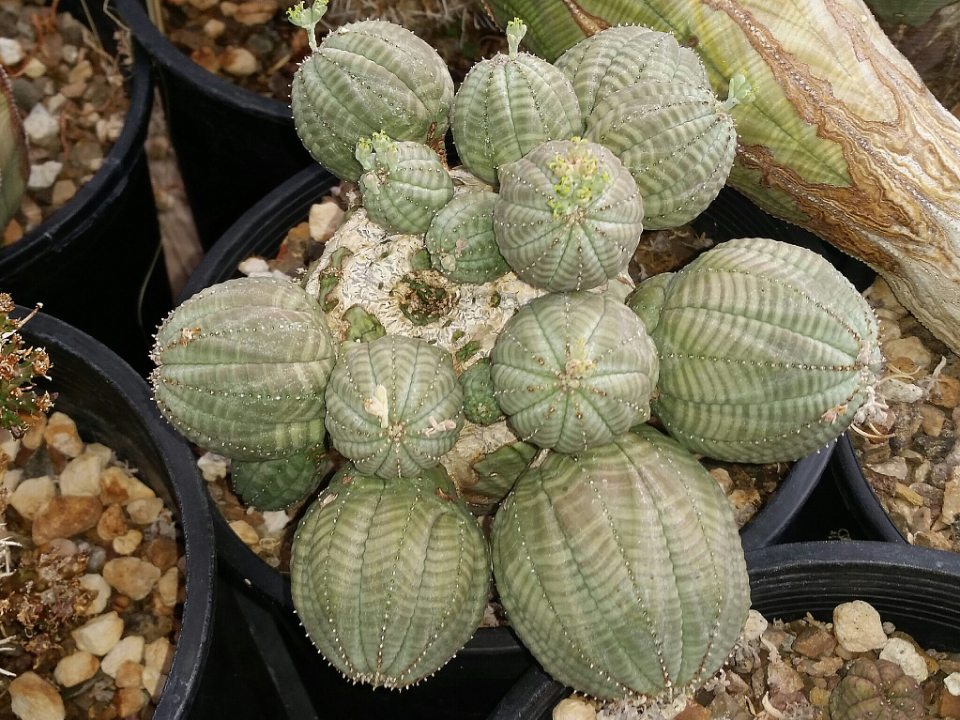
Living Stones, or Lithops, are small succulents that resemble rocks or stones. They are perfect for people who enjoy quirky plants that blend in with their surroundings. Lithops thrive in bright, indirect light and require minimal watering. It is important to let the soil dry completely between waterings to prevent over-watering.
These succulents are slow-growing and can take several years to reach their full size. Their unique appearance makes them an interesting conversation piece, and they are excellent for small pots or containers. Living Stones are perfect for those who want a plant that requires little attention and brings a touch of desert-like beauty to their indoor garden.
Hens and Chicks
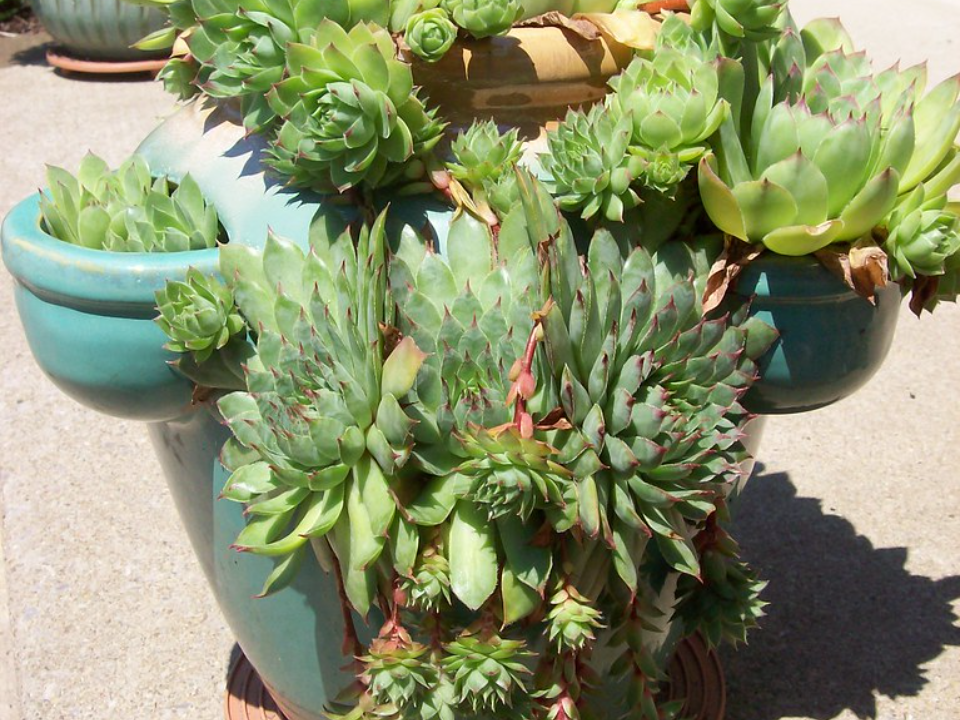
Hens and Chicks are a type of succulent that produces clusters of small rosettes, with the main plant, or “hen,” surrounded by smaller rosettes, or “chicks.” These plants thrive in full sun and well-drained soil, making them ideal for bright indoor spaces. They are drought-tolerant and only require occasional watering, making them very low-maintenance.
This plant is great for beginners, as it is very easy to care for and can propagate on its own by sending off “chicks” that can be separated and planted. Hens and Chicks can be used as ground cover in outdoor gardens or as a decorative plant in containers or hanging baskets indoors. Their charming rosette shape makes them a standout addition to any indoor succulent collection.
Ghost Plant

Ghost Plant, or Graptopetalum paraguayense, is a striking succulent known for its pale blue-gray leaves. This plant thrives in bright, indirect light and prefers well-drained soil. Ghost Plants are highly drought-tolerant and only require occasional watering. Be sure to let the soil dry completely before watering again.
Ghost Plants are perfect for adding a soft, muted color to your indoor garden. Their unique, ghostly appearance makes them a standout in any collection, and their low-maintenance care makes them ideal for those with busy lifestyles. These plants are also easy to propagate, allowing you to create new plants from cuttings. Ghost Plants are perfect for those looking for a low-maintenance, visually interesting addition to their home.
Sempervivum
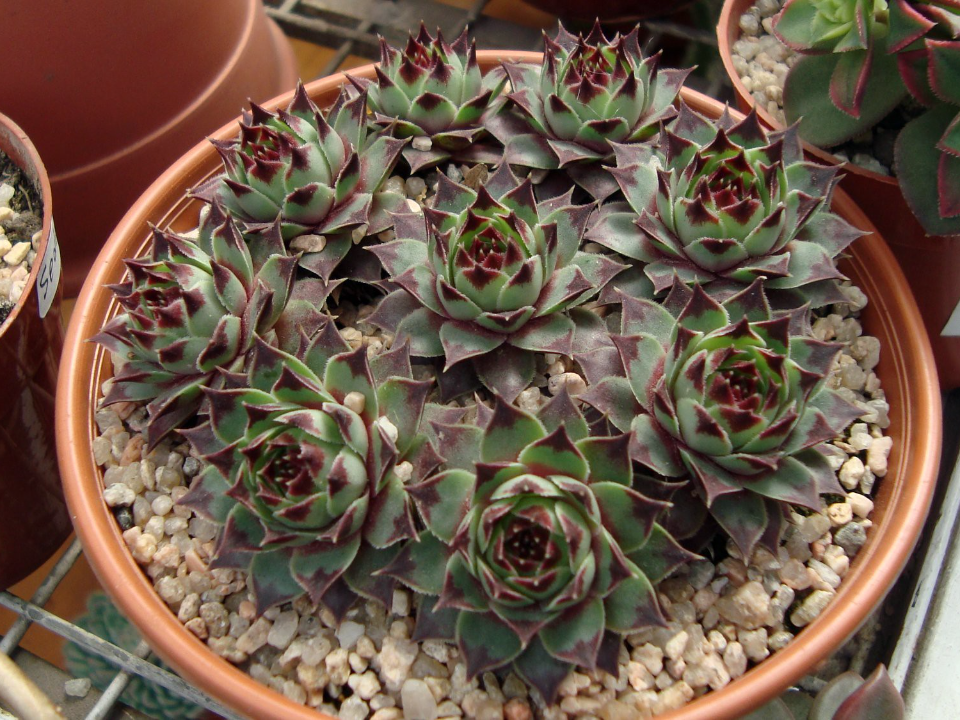
Sempervivum, also known as “hens and chicks,” is a hardy succulent that produces tight rosettes of fleshy leaves. These plants thrive in full sun and well-drained soil and are highly drought-tolerant, requiring very little water. Sempervivum is an excellent option for beginner gardeners because of its easy care and resistance to neglect.
This plant is perfect for both small and large indoor gardens. Its ability to propagate and grow new rosettes makes it ideal for those looking to expand their collection. Sempervivum is also very adaptable, thriving in a variety of conditions and making it a long-lasting, low-maintenance plant for any home.
Paddle Plant

The Paddle Plant is a succulent known for its large, flat leaves that resemble paddles. It prefers bright, indirect light and well-drained soil, and it requires very little water once established. The Paddle Plant is highly drought-tolerant and can survive in dry conditions.
This plant’s bold appearance makes it a great addition to any indoor garden. Its thick, fleshy leaves can store water, making it perfect for homes with dry air or for plant owners who may forget to water regularly. The Paddle Plant is low-maintenance and adds a striking visual element to any space.
Ruby Necklace
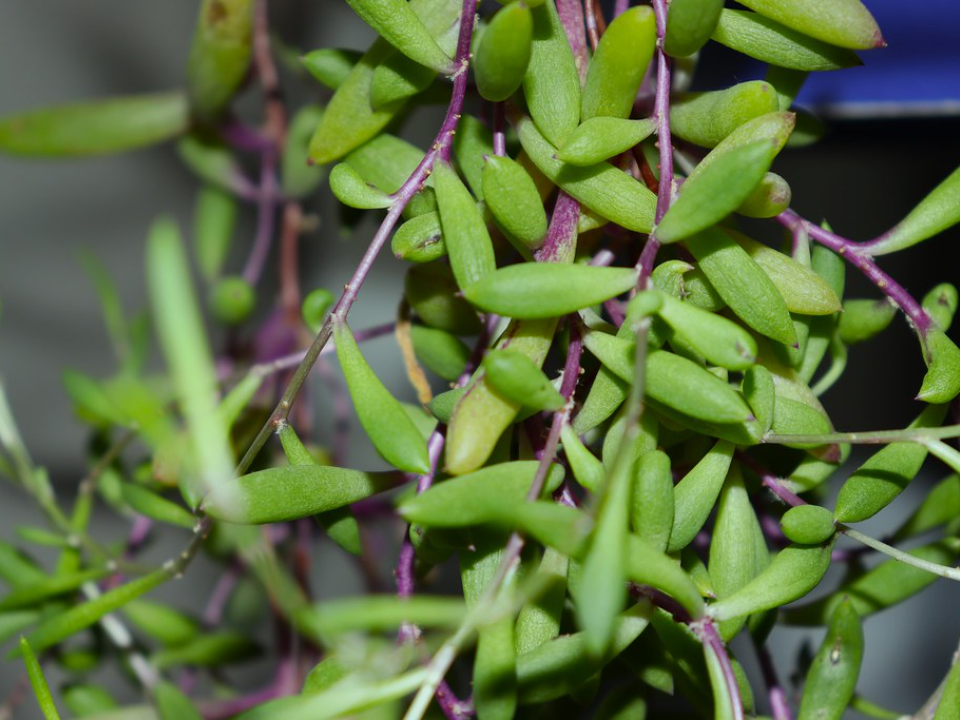
The Ruby Necklace is a trailing succulent that features deep red or purple leaves. It thrives in bright, indirect light and prefers well-drained soil. Like many other succulents, it only needs to be watered once the soil has dried out completely.
This plant is perfect for hanging baskets or decorative pots, where its cascading vines can be admired. The vibrant red or purple hue of its leaves adds a touch of elegance to any room. Ruby Necklace is easy to care for, making it a great choice for beginners or those who want a low-maintenance plant that still makes a bold statement.
This article originally appeared on Avocadu.
